Thousands of migrant families in LA maintain the culinary and cultural tradition to celebrate their deceased
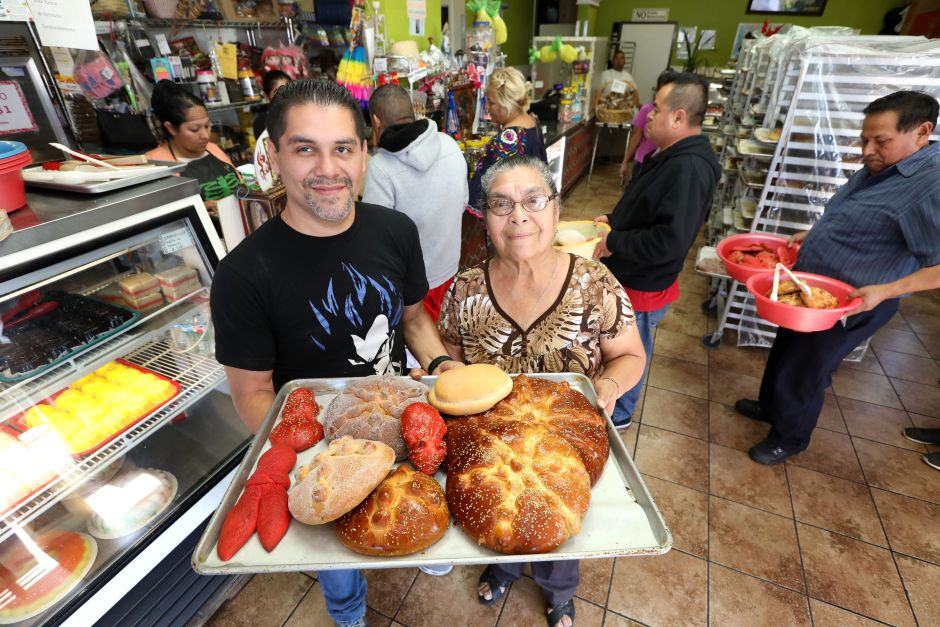
Gloria Flores and her son Sandro Flores are the owners of the Coatzingo bakery. (Aurelia Ventura / The Opinion)
Photo:
Aurelia Ventura / Impremedia / La Opinion
Not even the fear of migration raids have prevented Mexican-born families in Los Angeles from going out to buy the delicious bread of the dead not only to put it on their altars in honor of their dead but to enjoy it with coffee or hot chocolate .
The row of buyers of bread of the dead does not cease at the Coatzingo bakery in south central Los Angeles, owned by the Flores family, originally from Puebla, Mexico.
"Sales have increased, but right now they are a little low because people are afraid of raids," says Gloria Flores who for 20 years together with her family are the owners of the bakery that allows her customers to enjoy bread, fundamental at the Mexican table, and incidentally follow certain traditions that they learned as children and now they want to move on to the new generations.
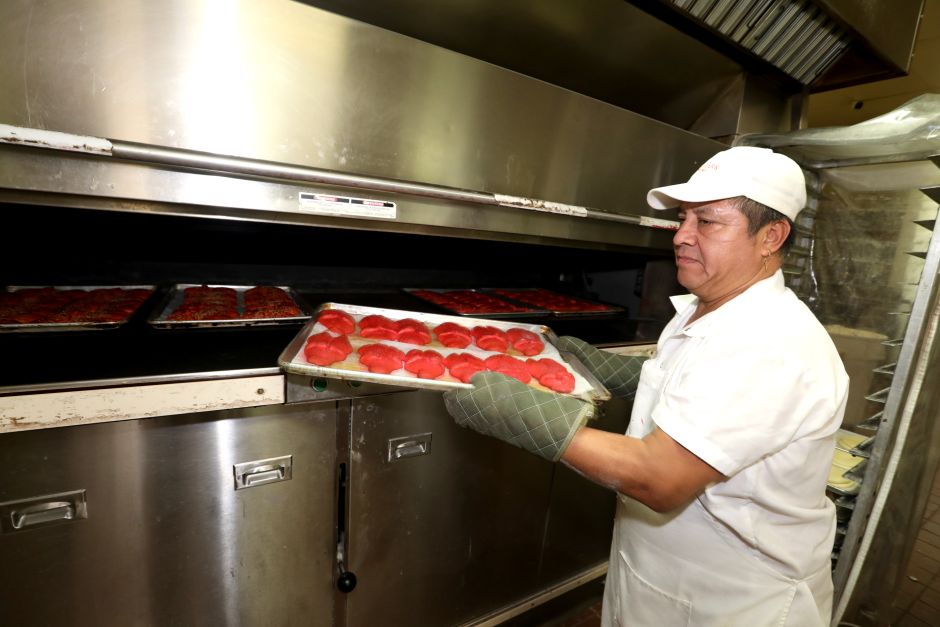
Gloria explains that she sells like ten varieties of dead bread.
"The puff pastry and the dead are the favorites," he says. And he says that people really like the bread they prepare because it is a homemade product.
Some of the main ingredients are: flour, sugar and sesame seeds.
The pan de muerto is a type of sweet bread that is prepared and sold for the Day of the Dead celebration between October 30 and November 2. On November 1, the deceased minors are remembered in Mexico; and on November 2 to the deceased adults.
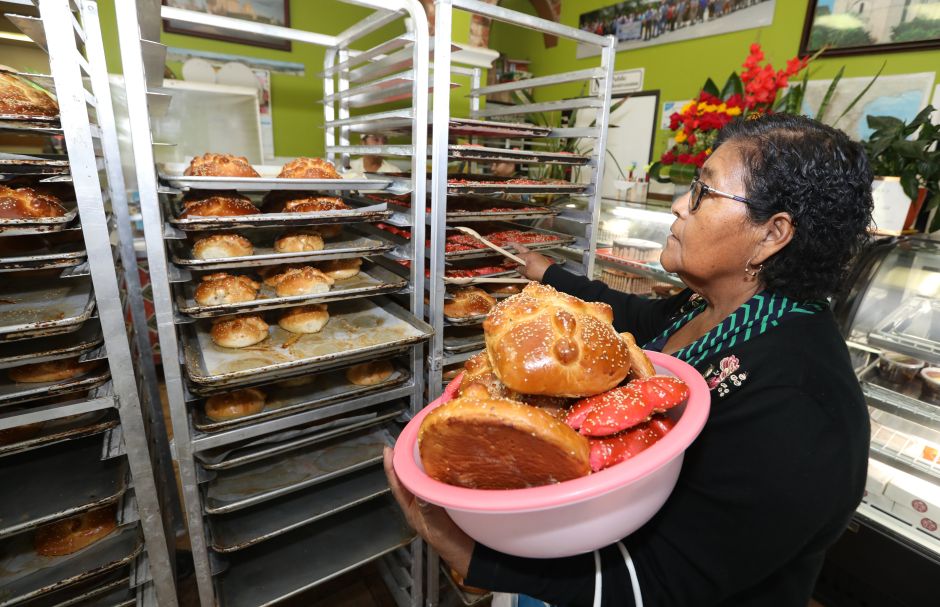
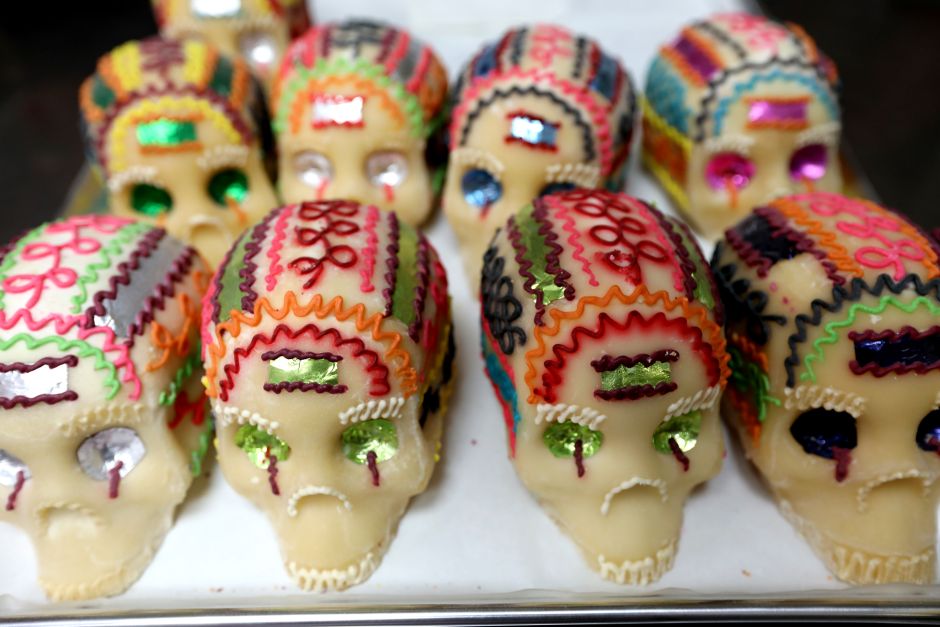
Pánfilo Silva, the chief baker of the business, says that the days that sell the most dead bread are: October 30 and 31 and November 1.
"We started making dead bread from October 27, starting at five in the morning and until six in the afternoon," he says.
Generally, the dead bread lasts about three days in very good condition; and hold the offering time perfectly.
People buy it to put it on the altars they ride in their homes, and when the Day of the Dead passes they eat it, says Baker Pánfilo.
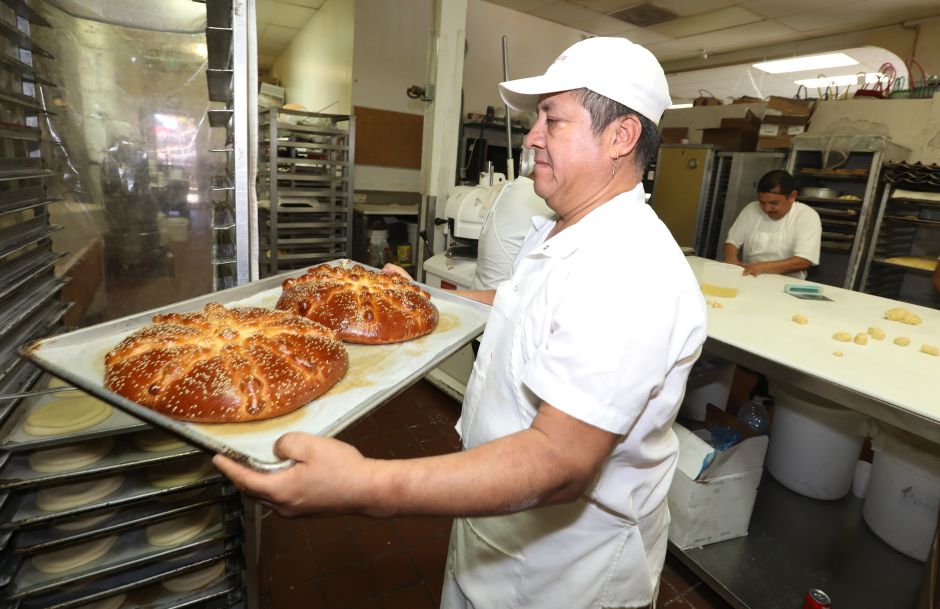
Josefa Álvarez, who for years does not lack to buy her dead bread, says that she eats it with a good coffee when she raises her altar, a tradition that her parents and grandparents taught her.
“I am from Guerrero, Mexico. I find this time very beautiful. In my state, in the pantheons, people bring food to honor their dead, ”he says.
And he says that after 26 years of having emigrated to the United States, she still likes to put her offering with flowers, dead bread and candles. “So I feel close to my loved ones who have passed away and I remember them. It is a tradition that I will fulfill while I live. Who knows if my children follow her?
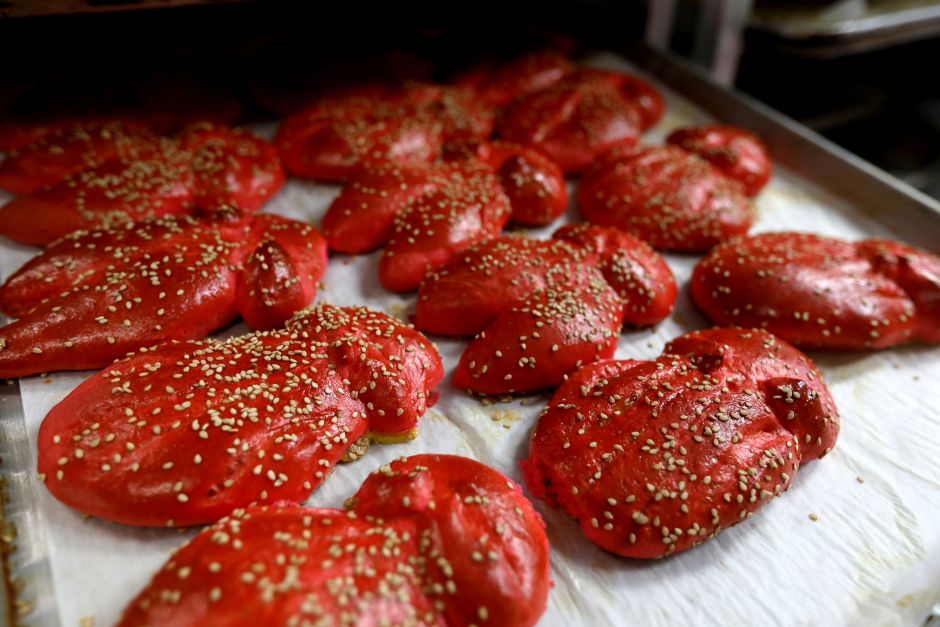
Maria says that every year she goes to the Coatzingo bakery to buy her dead bread. ”It is a tradition that I have been following since I came to this country 11 years ago. I eat bread with coffee or chocolate. It's very good, ”he says while savoring a piece; while Nayely tells that, as soon as they raise the offering at home, they eat bread among the whole family.
Coatzingo Bakery is located on the corner of Broadway and 42 Los Angeles.








